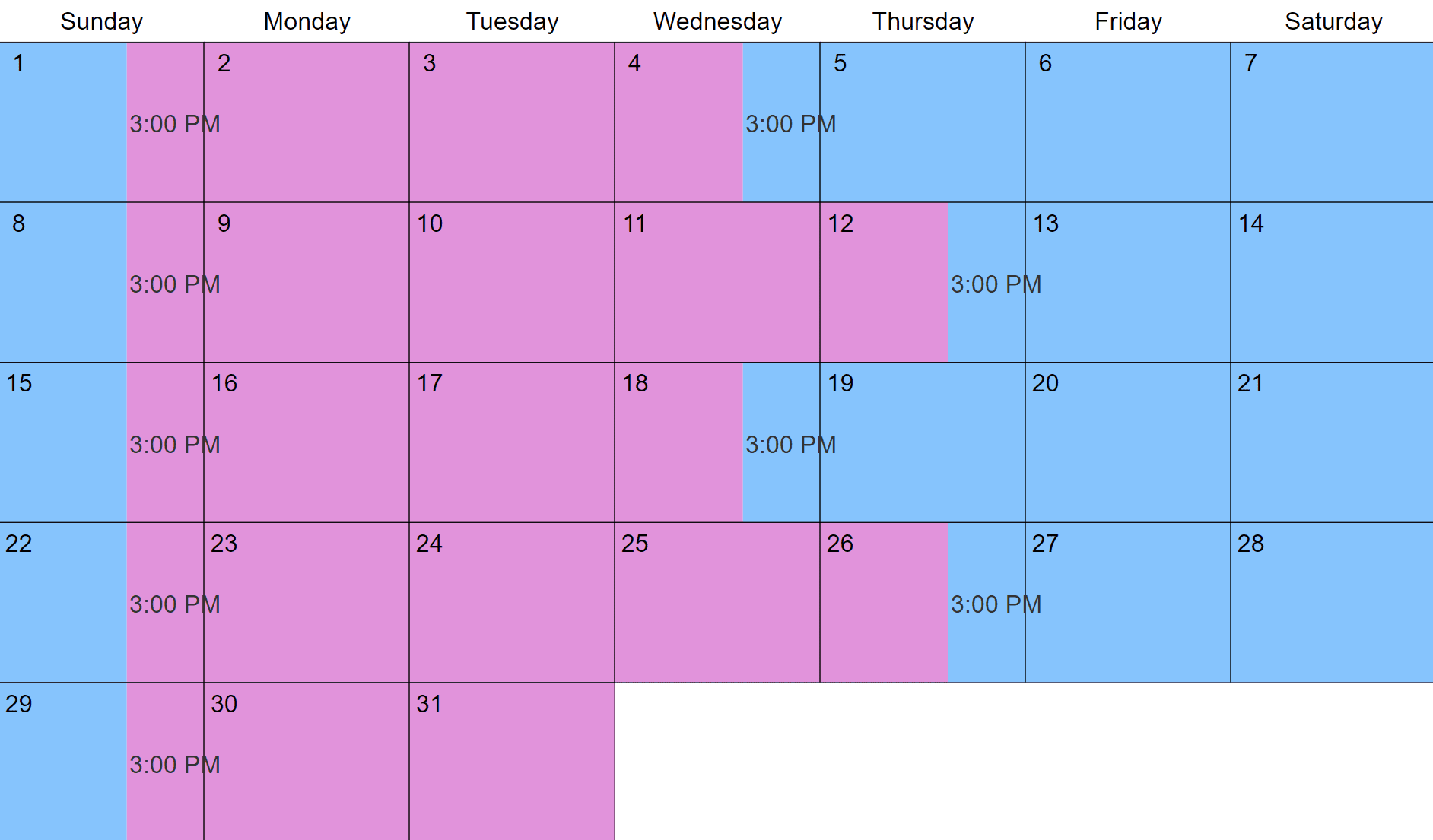3 Types of Child Custody Orders
When a court formally requires you to do something, it issues an order.
In custody cases, orders mandate who must care for a child and how, and they're often issued in the forms of parenting plans and custody schedules. Orders can vary for each child in a family.
Three types of court orders arise in custody cases: temporary, emergency and final orders.
For information specific to the largest U.S. states, see our articles on custody orders in California, Florida, Georgia, Illinois, Michigan, New York, North Carolina, Ohio, Pennsylvania and Texas.
Temporary orders
Temporary custody orders dictate who has custody and visitation throughout the litigation or settlement process. They can also set child support and address other parenting issues for this limited time period.
Normally, a temporary order remains in effect until a judge ends it, modifies it or issues a final order replacing it. Occasionally, a temporary order has an expiration date.
If parents can agree how to co-parent for the duration of their case, they may not need a temporary order. However, most courts encourage — and some may require — a temporary order for all cases. Parents with particularly contentious relationships should always get one.
Some courts offer free conciliation or mediation to help parents agree on a temporary order. If parents can't see eye to eye, they can ask the judge to decide the details of a temporary order after listening to them both in a hearing.
Although temporary orders focus on short-term solutions, they can affect a case's outcome. When a temporary order works well, parents or the judge may be inclined to use the same arrangements in a final order.
Emergency orders (ex parte orders)
Emergency orders are temporary orders issued rapidly, usually in cases with domestic violence or child abuse. In a custody case, they require evidence that the child faces immediate risk of danger or abduction.
To request an emergency custody order, draft a motion or petition explaining the urgent issue and file it with the court. You should hire a lawyer to write this, as it influences how soon the court hears your case.
Within a few days (or even hours, in very urgent situations), a judge decides whether to issue the order. They may first hold a hearing where you can testify about the emergency issue. This hearing is usually held ex parte, meaning the other parent does not attend.
If the judge grants you emergency custody, you'll have a hearing within the following weeks for both parents to present evidence. There, the judge will decide whether to overturn the emergency order, modify it or let it stand.
Final orders (permanent parenting plans or final decrees)
Final orders — also called permanent parenting plans, final decrees, final judgments, etc. — bring a case to a close. For custody cases, they specify details of legal custody and physical custody, usually in the form of a parenting plan. They also address all other issues in the case.
A final order replaces any related temporary orders and lasts until one of the following occurs:
- The child turns 18.
- The child is emancipated (legally declared independent from parents).
- A parent proves to the court that modifying the order is necessary.
Preferably, parents decide their final custody arrangements in a settlement, and the judge signs off to make it a final order.
Alternatively, the judge decides a final order based on evidence presented at trial. If a parent has reason to contest the judge's decision, they can appeal to a higher court and begin the legal process again.
Staying in compliance with court orders
When a court issues orders, it's essential you follow them. If you don't, the court has numerous options for enforcing custody orders, including jail time.
But orders are complicated, especially ones for physical custody. When exactly does "Week 2" begin this month? Which day is considered the middle of winter break?
Use Custody X Change to transform your orders into a calendar you can edit and print, so you'll never have to wonder whether you're staying in compliance.

You can customize this to fit your situation with Custody X Change.
With the Custody X Change app, you can combine custody schedules for the school year, summer break and holidays into one calendar. Making changes is easy; just click and drag.
Take advantage of technology so you never have to wonder if you're interpreting the court's orders correctly.
